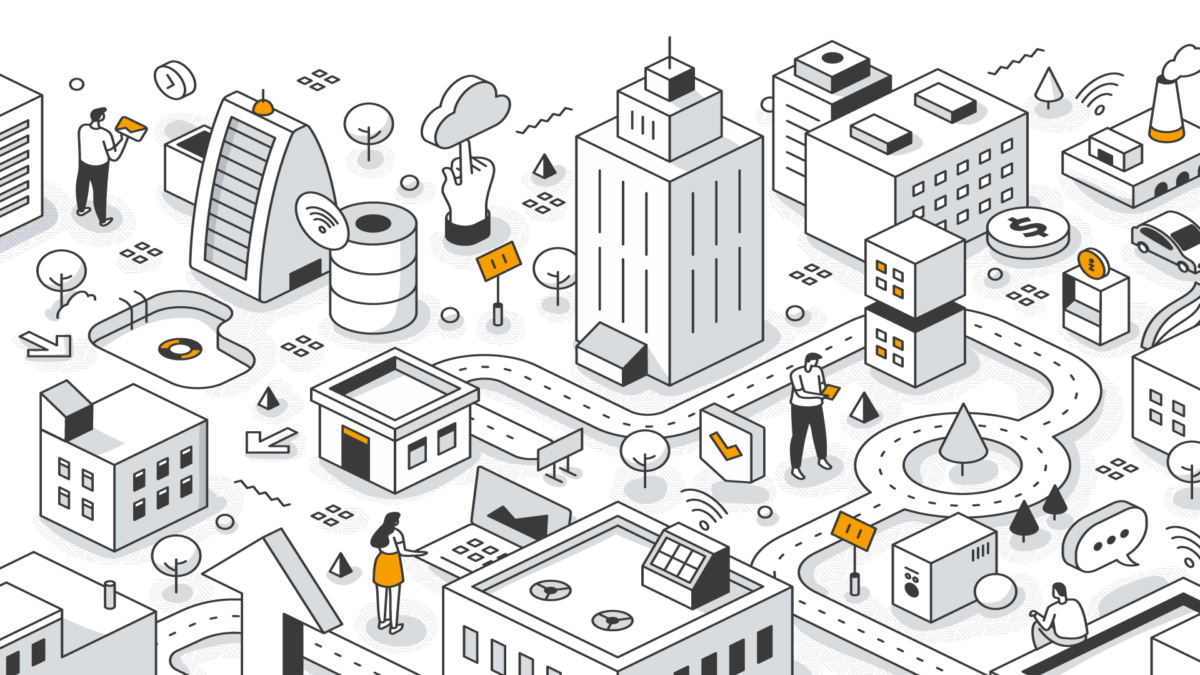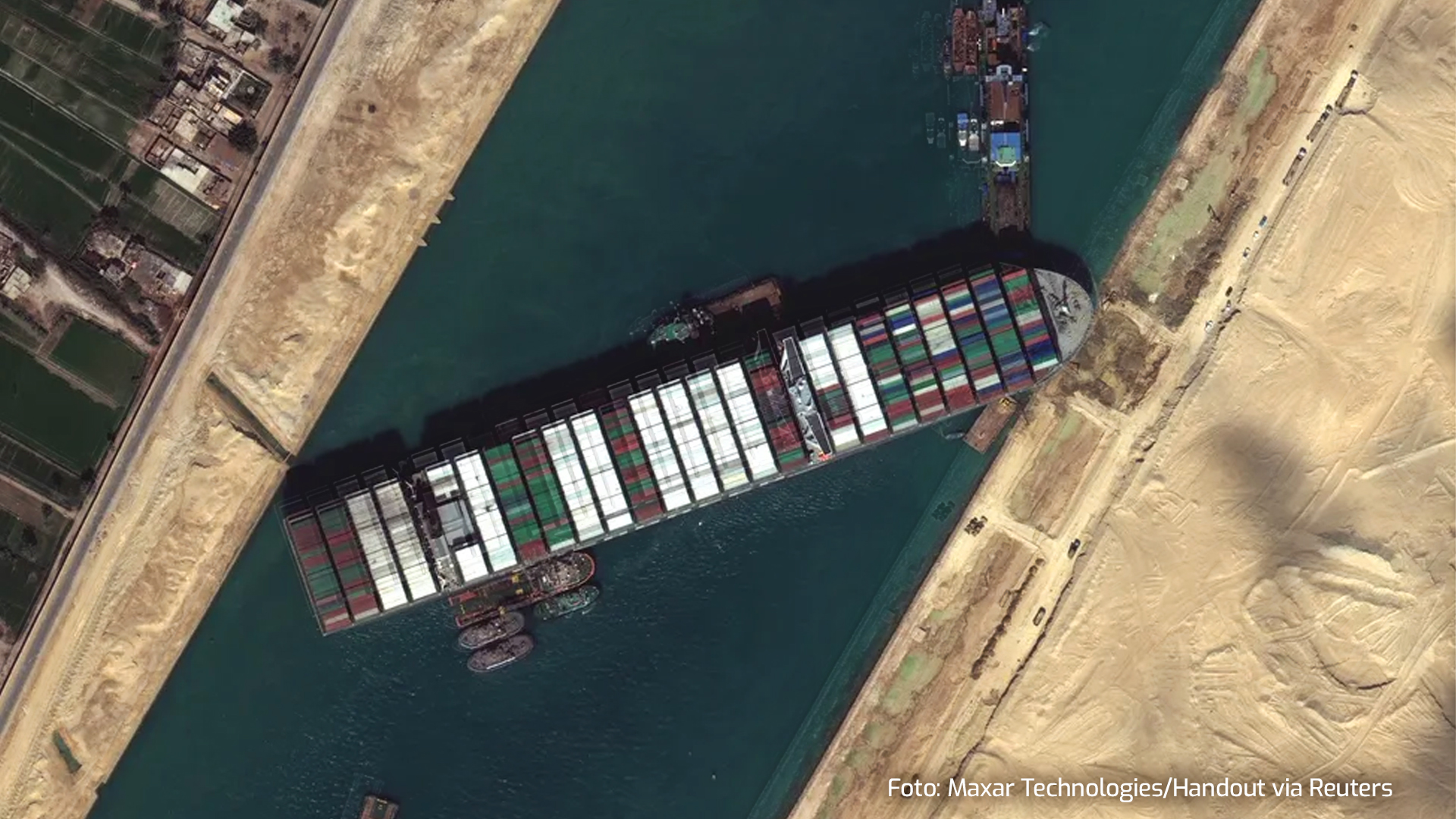
The 4.0 revolution, considered the information revolution, and the digital era directly impact not only the relationship between customers and brands but also interactions between citizens and public and private organizations.
Now, most of the contact people have with governments and other private organizations to request services or even documents are done digitally. This new behavior allows for the standardization and mapping of the Citizen Journey.
Have you heard of the Citizen Journey?
The Citizen Journey is nothing more than the mapping of the set of interactions that a person carries out with public or private organizations to access certain services or solve specific demands.
For example, requesting duplicate documents, property registration, signature authentication, requests to the city hall, among other services.
Just like in the Customer Journey, the goal is to map all touchpoints to identify possible flaws, thus optimizing the journey and improving the citizen’s experience, whether in service or in simplifying processes to make access easier.
Mains differences between the two journeys
The main differences between the two journeys stem from the nature of the relationships involved. In the Customer Journey, brands rely on their audience, so their premises need to focus on satisfying them. However, in the Citizen Journey, many organizations still believe that the relationship of necessity is reversed, meaning citizens need them.
Because of this perception, they often fail to reflect on their processes, leaving them overly bureaucratic and hindering access for those interested. This difficulty in accessing basic services can lead to legal proceedings and hardships such as loss of work hours.
As a result, the population may choose to avoid these services altogether or, in some cases, seek opportunities to move to a city with a citizen-focused government.
Why do governments or private organizations need to improve citizen experience?
The correct question is: why wouldn’t they? Many strategies adopted to enhance citizen experience also improve process efficiency, allowing for the reallocation of resources and workforce to more critical areas.
Digital transformation, for instance, goes far beyond ease of access; it also contributes to cost reduction and bureaucracy reduction. Moreover, with fewer processes and bureaucracies, fewer errors are likely to occur along the way, reducing rework.
Process automation, which comes with digital transformation, leads to shorter service times, enabling organizations to serve more people in less time. The organization will benefit from increased efficiency in its processes, making them more transparent and strengthening the public administration’s trust relationship with its target audience.
An example that can benefit both sides is tax payment or service requests. If the organization knows that certain demands will be needed during specific periods, they can be anticipated by offering faster solutions.
Author:

Bianca Wermann
Journalist, Communication and Marketing Analyst at Interact Solutions.



